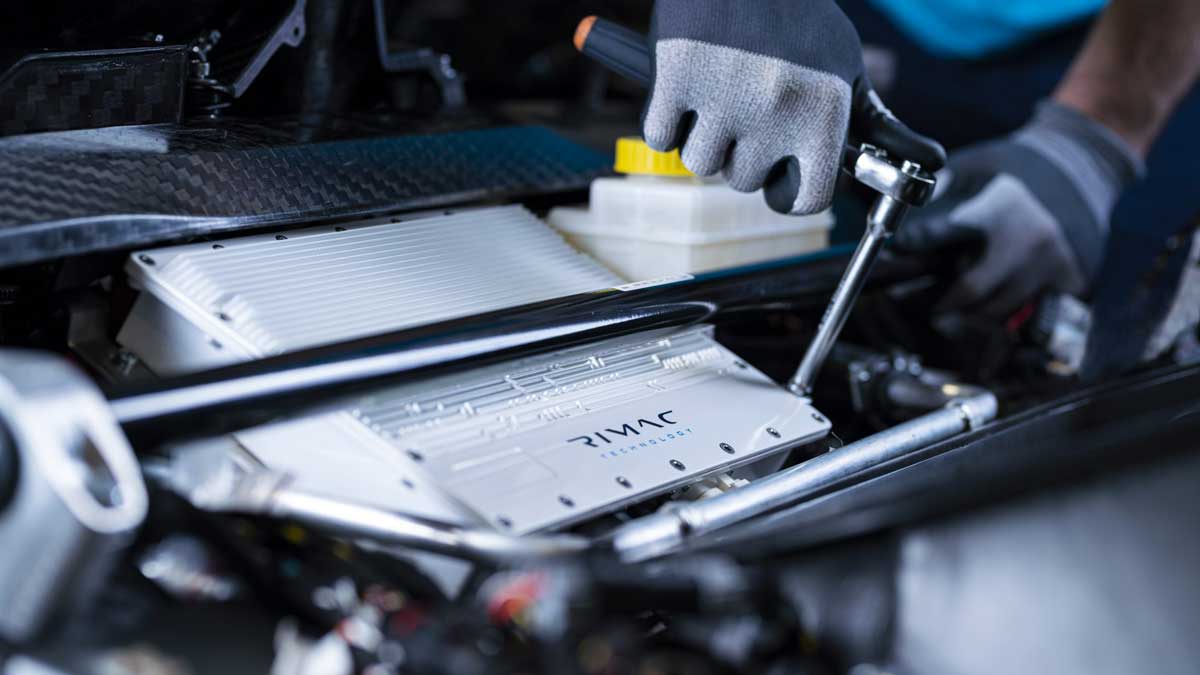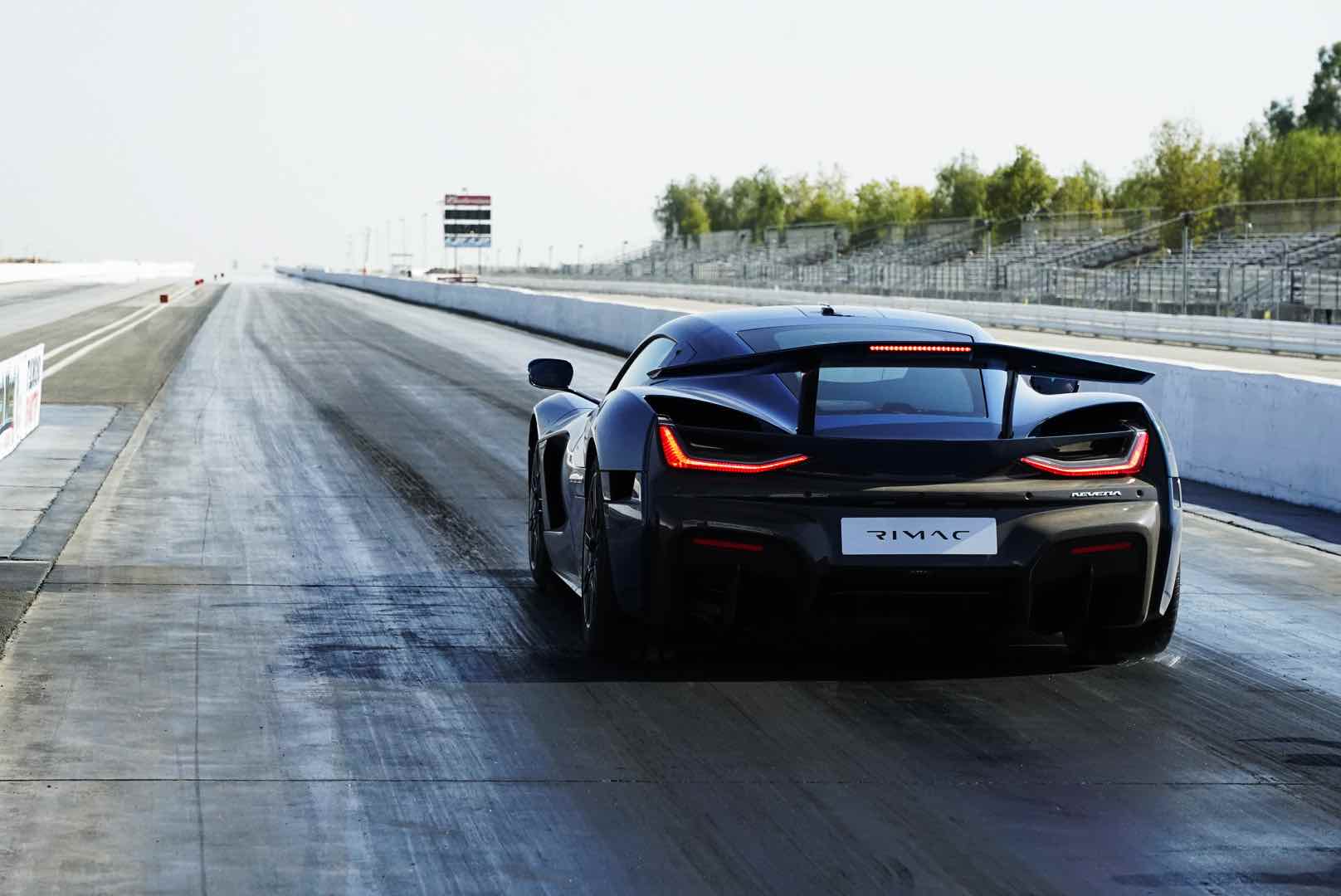High-performance electric vehicle maker Rimac has launched an independent EV technology company that will sit under the newly formed Rimac Group and supply components to other high-performance EV makers.
Operating alongside Bugatti-Rimac which in late 2021 was created in a joint venture between Rimac and Porsche (Bugatti was previously also a brand under the Volkswagen Group – Porsche owns 45% of the JV while Rimac owns a majority 55%), the new entity Rimac Technology will continue to engineer and develop high-performance battery systems, electric drive units, electronic systems, and user interface components for EVs.
These will be made available to other carmakers, so we could be seeing some of Rimac’s premium EV technology in mass-market electric vehicles in the future.

Rimac already has a history of collaboration with a number of carmakers from Kia and Hyundai, to Porsche, Aston Martin and Sweden’s Koenigsegg, as well as also iconic Italian hypercar manufacturer Automobili Pininfarina.
Rimac Group CEO Mate Rimac will continue to run both Bugatti-Rimac and Rimac Technology. Speaking about the creation of Rimac Technology in a statement, he said: “If we go back to the very beginning of the Rimac Automobili business in 2009, the dream for me was to build my own electric hypercar.”

In mid-2021, Rimac introduced the Nevera hypercar, which blasted away all records for the quarter-mile drag hitting an incredible 8.582 seconds.
“With Nevera we believe we’ve achieved that dream, creating a car that is not only the fastest accelerating in the world, but also comfortable, usable and brimming with our advanced technology,” says Rimac.
“But Nevera isn’t just a standalone project, it’s a showcase of what Rimac Technology can do free from the costs or volume restraints of a large-scale manufacturer.”
He says that having pushed the technology to its limits, it will now be possible for Rimac to scale up and reduce costs, providing “e-Axles, Torque Vectoring, battery systems, connectivity, AI, and countless other electrical systems”, and that, “each of them can be scaled to suit applications you might find on a range of higher volume performance vehicles.”
By splitting the two businesses, Rimac Technology will be able to run independently of the Bugatti-Rimac hypercar venture.
“This new structure will enable each company of the Rimac Group to flourish to their full potential, while still sharing the synergies between them – for example using our own hypercars as testbeds for new technology before we offer it to other OEMs,” he says.

Bridie Schmidt is associate editor for The Driven, sister site of Renew Economy. She has been writing about electric vehicles since 2018, and has a keen interest in the role that zero-emissions transport has to play in sustainability. She has participated in podcasts such as Download This Show with Marc Fennell and Shirtloads of Science with Karl Kruszelnicki and is co-organiser of the Northern Rivers Electric Vehicle Forum. Bridie also owns a Tesla Model Y and has it available for hire on evee.com.au.

